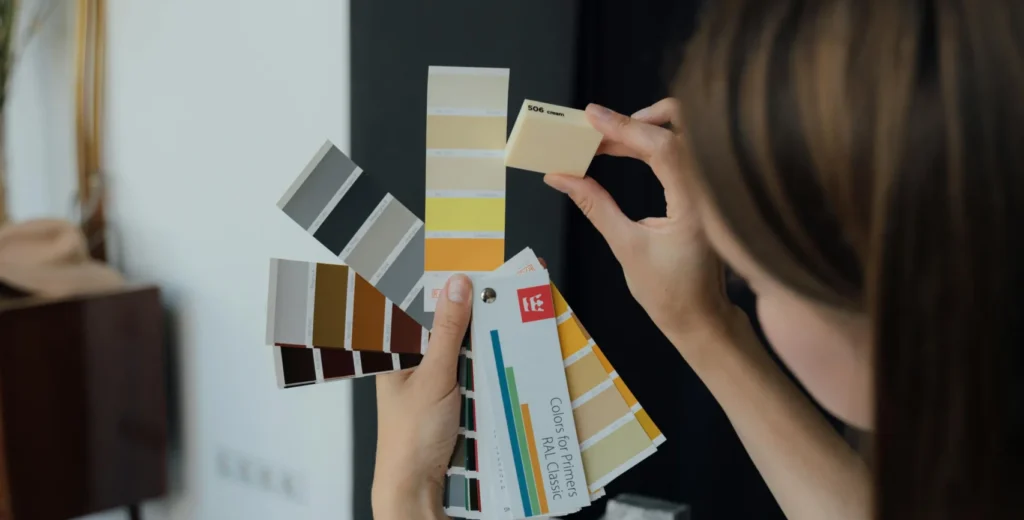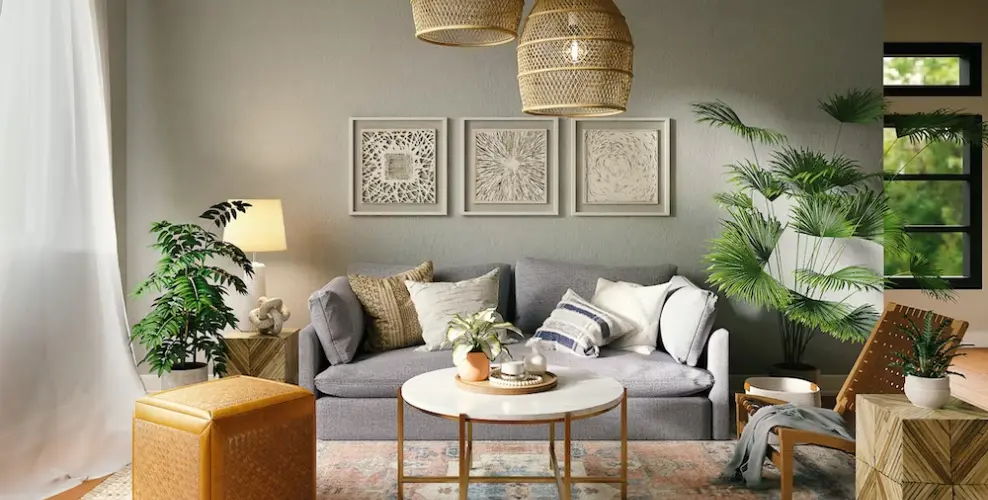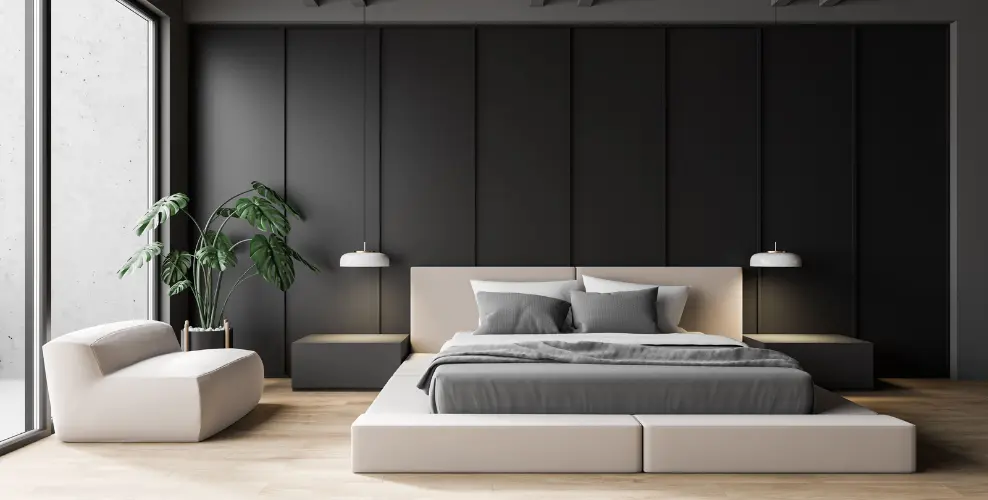Patterns and textures are like the spices and herbs of interior design, adding flavor, depth, and visual interest to spaces. Imagine a room with all solid-colored furniture and plain walls; it might lack personality and character. However, when you introduce patterns and textures thoughtfully, you elevate the design to a whole new level. In this article, we’ll delve into the art of mixing patterns and textures in interior design, exploring how to strike the perfect balance and create visually stunning spaces that captivate the senses.
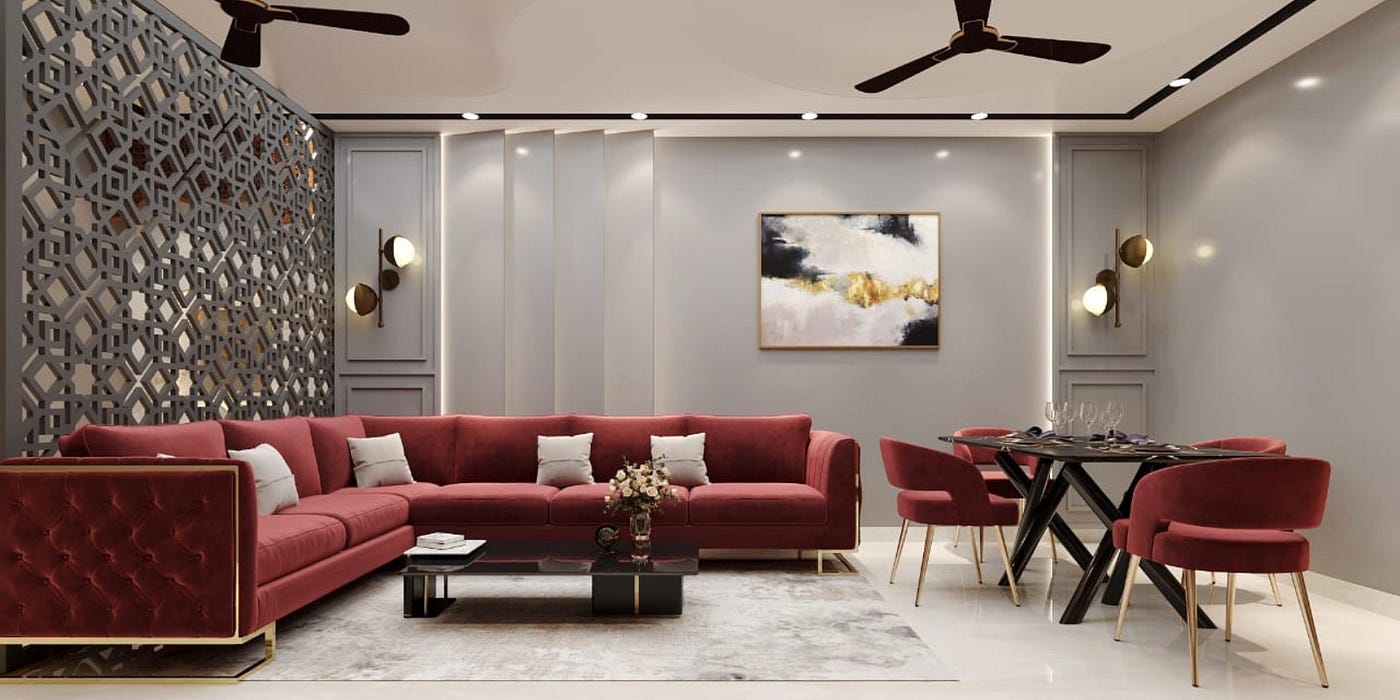
Understanding Patterns
Patterns are repetitive designs or motifs that can range from bold stripes to delicate florals. They inject energy and personality into a room. When mixing patterns, it’s essential to consider scale, color, and style. Opt for a mix of large, medium, and small-scale patterns to avoid overwhelming the space. Additionally, ensure that the patterns share at least one common color or element to tie them together cohesively.
Exploring Textures | Interior Design by NBP INTERIORS in Jaipur
Textures refer to the tactile quality of surfaces in a space. From smooth leather to rough stone, textures add depth and dimension. Mixing textures involves combining different materials to create visual and tactile contrast. For instance, pairing a plush velvet sofa with a sleek glass coffee table adds interest and balance to a living room.
Harmonizing Patterns and Textures
The key to successful pattern and texture mixing lies in achieving harmony. Instead of competing for attention, patterns and textures should complement each other to create a cohesive look. One effective technique is to use a dominant pattern or texture as a focal point and layer complementary patterns and textures around it. For example, a bold floral wallpaper can serve as the focal point in a bedroom, while solid-colored bedding and textured throws add depth and interest.
Adding Depth and Visual Interest in Interior design
Layering patterns and textures is a surefire way to add depth and visual interest to a space. Mix different patterns and textures through pillows, throws, rugs, and curtains to create layers of visual intrigue. Contrast smooth surfaces with rough textures, and light colors with dark for a dynamic and balanced aesthetic.
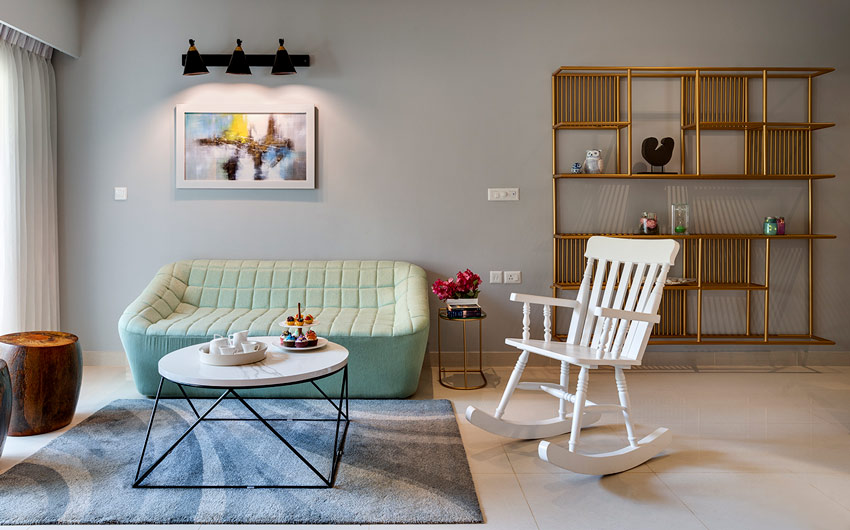
Incorporating Patterns and Textures in Different Rooms
The art of mixing patterns and textures isn’t limited to one room; it can be applied to various spaces throughout the home. In the living room, consider combining a geometric rug with floral accent pillows for a modern yet inviting look. In the bedroom, experiment with mixing different bedding textures, such as linen sheets and faux fur throws, for a cozy and luxurious feel.
Dos and Don'ts of Mixing Patterns and Textures in Interior design
While mixing patterns and textures allows for creativity and personal expression, there are some dos and don’ts to keep in mind. Do consider the scale and proportion of patterns to ensure they complement each other. Don’t overcrowd a space with too many competing patterns and textures; instead, aim for a balanced mix that allows each element to shine.
Case Studies: Successful Examples
To illustrate the principles of pattern and texture mixing in action, let’s look at some real-life examples. From eclectic bohemian living rooms to sleek and modern kitchens, these case studies showcase the artful combination of patterns and textures to create stylish and inviting spaces.
Follow us for more updates – Instagram

